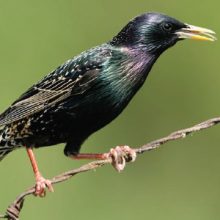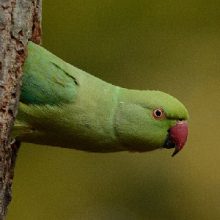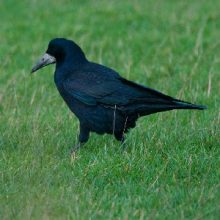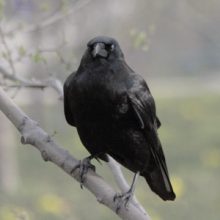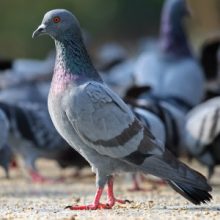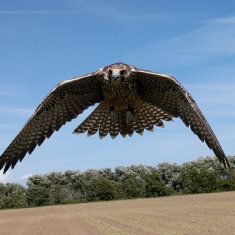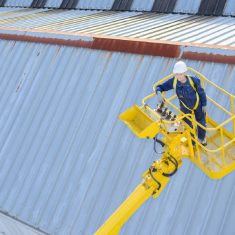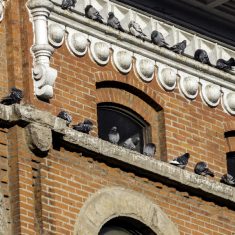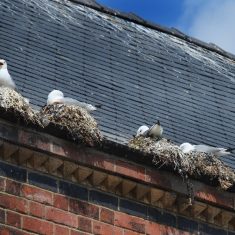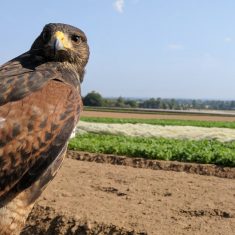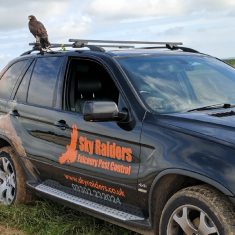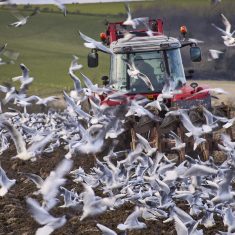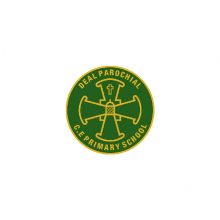Any species of bird can become a pest bird when their numbers grow exponentially in an area used by humans. Large numbers of some species of birds can become a risk to our health and safety, whilst other species damage property and carry diseases that are harmful to humans.
When you think of Pest Birds, your mind is likely to go straight to Seagulls and Pigeons, which are the most common pest species we manage. These birds are well known for leaving large amounts of faeces all over cars and buildings, and their constant scavenging for food.
However, I bet you are not aware that having a Pest Bird leaving droppings in areas frequently visited, on tools or heavy plant machinery is a Health and Safety risk? As bird droppings can lead to several diseases which include things like:
- Psittacosis – this is a rare infectious disease caused by a bacterium called Chlamydia psittaci. It is mainly associated with parrots and other similar species but does affect other birds, including pigeons. Symptoms are commonly a flu-like illness and pneumonia usually appearing 5-19 days after exposure.
- Salmonella – this may also be present in some bird droppings. It is a bacterial infection that can cause significant diarrhoea.
This is just one of the reasons it is crucial to control the number of Birds in, on and around your premises.

